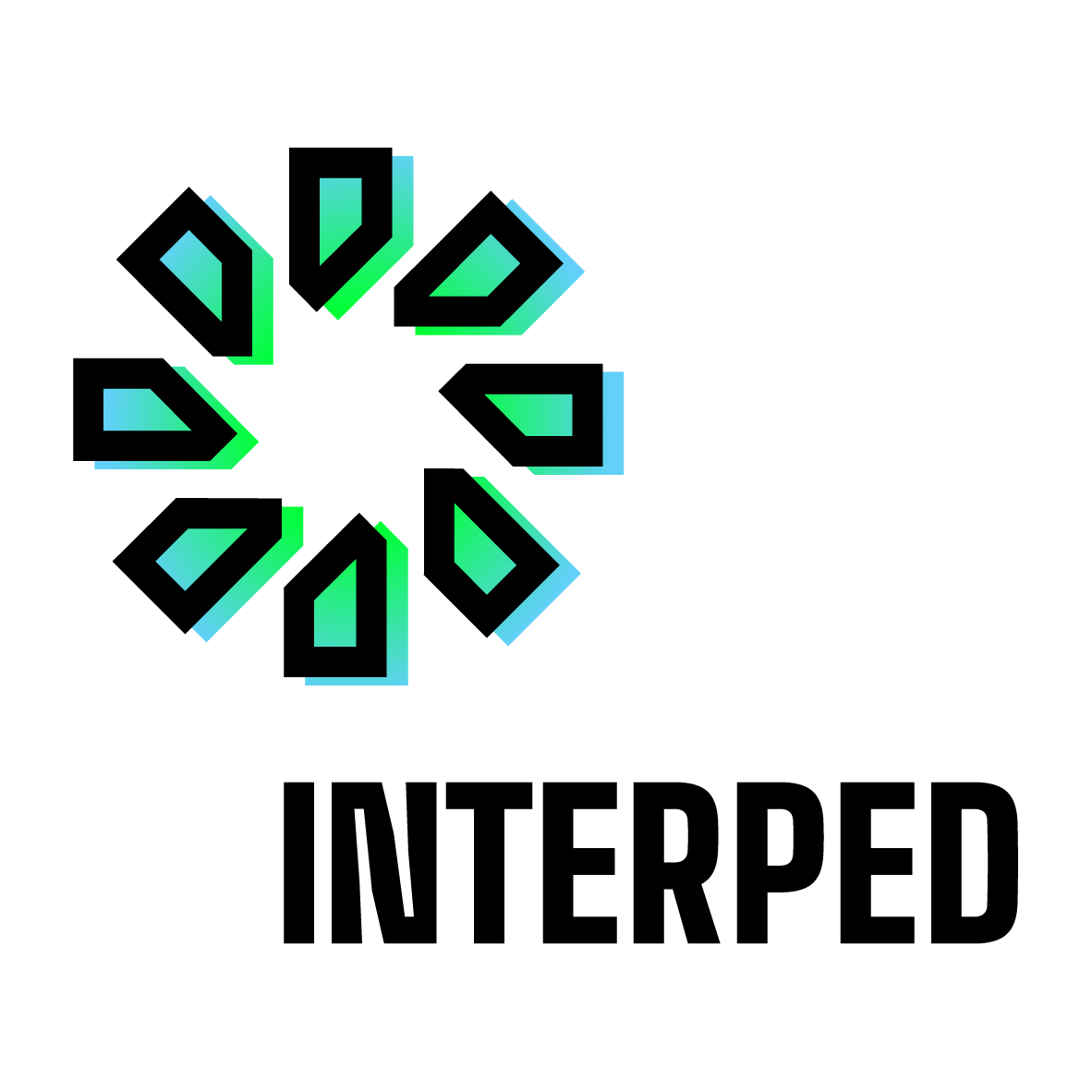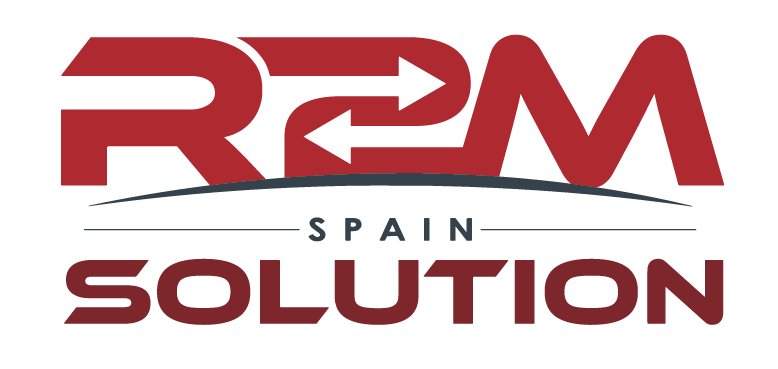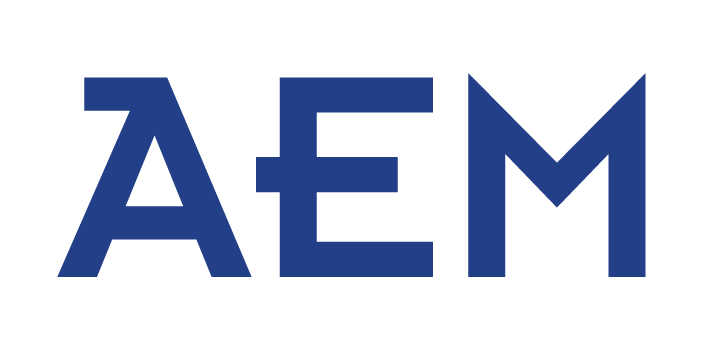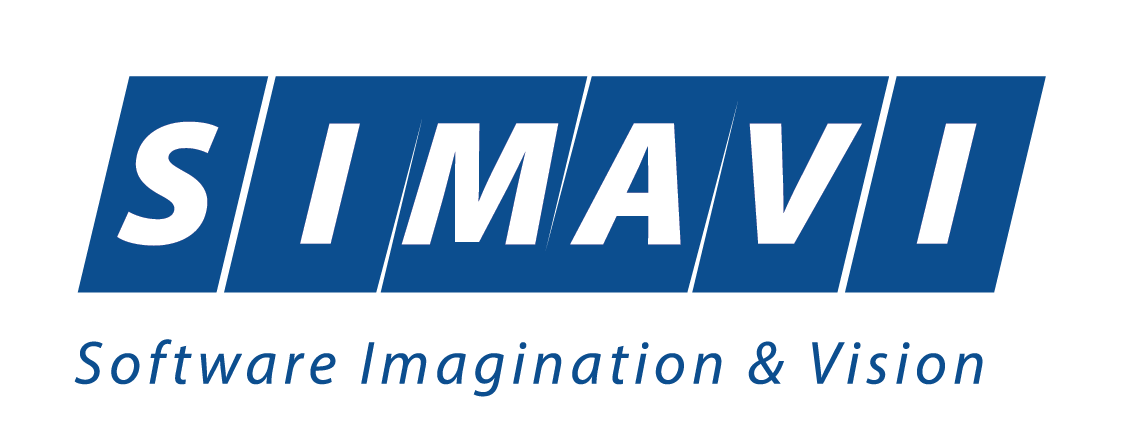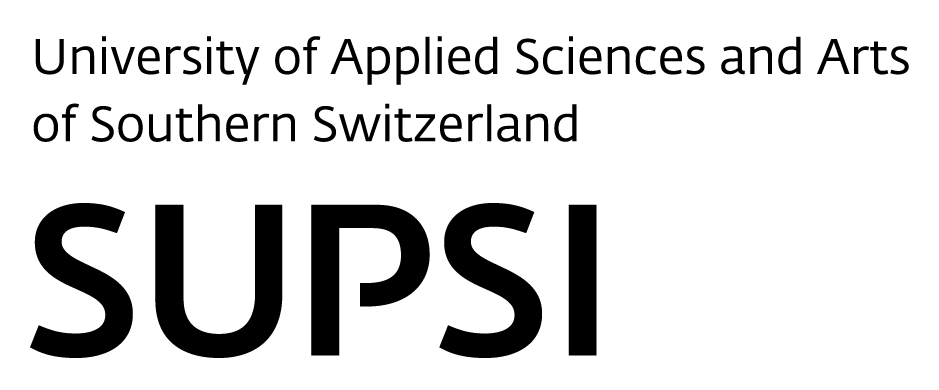InterPED aims to enable the concept of PEDs via sector coupling, cross-vector integration, demand flexibility and consumer engagement, while improving utilisation of local RES, storage and excess/waste heat (E/WH) sources. InterPED will couple RES, storage and E/WH sources (community assets) available in the pilots with the necessary know-how and ICT expertise to ensure improved operation of PEDs and grid robustness. This will allow InterPED’s end users (aggregators, service providers, urban planners) to deliver benefits to both, grid stakeholders (DSO/TSOs) and final consumers (and prosumers). To do so, InterPED will deliver a scalable and adaptable cloud-based platform composed of analytical, modelling and optimization services for planning, supervision and control of integrated PEDs (including power, heating and cooling, mobility).
Optimized PED operations will be demonstrated at pilot sites, while enabling a cooperative demand response (DR) strategy at community/district level. In addition to automated control actions, InterPED intends to engage the consumers via community building (e.g. CECs or RECs), representing a still largely untapped source of flexibility, while enabling them to play an active role in grid balancing. By making it cloud-based and by ensuring system interoperability (both syntactic
and semantic), InterPED will enable aggregators and actors positioned to adopt proposed business model (e.g. ESCOs, energy retailers, DSOs) to deploy the InterPED solution immediately almost anywhere, while reducing the cost to itsscalability. The key strategy to ensure solutions will work well in an everyday context of consumers, is that InterPED will involve the consumers (community) and service providers in the design of the solutions through participatory co-design processes. InterPED will verify the technical and commercial feasibility of its integrated package in four large-scale pilots, each representing an existing PED.
Impact
Scientific Impact
InterPED will drive scientific advancement by developing cutting-edge tools and methodologies for the planning and management of Positive Energy Districts (PEDs). The project will introduce innovative technologies and practices that enable urban planners to create energy-efficient and sustainable urban environments. By focusing on both the generation and effective use of renewable energy sources, InterPED will contribute to the body of knowledge in urban energy management and support the academic community in exploring new avenues for sustainable development.
Societal Impact
InterPED will enhance societal well-being by actively involving communities in the energy transition process. Through participatory design and social innovation, the project will ensure that energy solutions are inclusive and tailored to meet the diverse needs of local residents. InterPED will empower citizens by providing them with the tools and knowledge to participate actively in creating energy-efficient communities. This will foster a sense of ownership and responsibility among community members, leading to sustainable and socially responsible energy behaviors.
Techno-Economic Impact
InterPED will make a significant techno-economic impact by optimizing the integration of energy systems within urban districts, leading to increased energy efficiency and substantial cost savings. The project will leverage advanced technologies to enhance grid robustness and reduce dependency on non-renewable energy sources. By improving the operational efficiency of energy systems and promoting the use of local renewable resources, InterPED will deliver economic benefits through reduced energy costs and enhanced grid stability, contributing to Europe’s goals for energy independence and economic sustainability.
Work plan
InterPED Work Plan consists of five main phases:
- Project set-up and demo scenarios specification
- User engagement approach
- Life-cycle assessment and planning toolbox
- InterPED platform services advancement and integration
- Pilot realisation and validation
The Work Plan is structured in 10 Work Packages (WP). Project activities are envisioned as 36 month long and objectives will be reached by 1 WP on demo scenarios and project requirements specification, 1 user engagement WP, 1 WP on system planning tool, 2 WPs on operation management services advancement and integration, 1 WP on enabling open energy marketplace, 1 pilot validation and impact assessment WP, 2 dissemination, communication and exploitation WPs, and 2 project management WPs.

| Phase | Summary |
|---|---|
| WP1: Project management and quality assurance (RP1) WP1 covers the 1st Reporting Period (RP1) and includes project management, financial, technical, and risk management; as well as the quality assurance of its deliverables (reports, software, experimental results). It is responsible for innovation management and Data Management Plan (DMP). | |
| WP2: Project management and quality assurance (RP2) WP2 is continuation of WP1 in the 2nd Reporting Period (RP2). | |
| I | WP3: Pilot characterization, scenarios specification and project requirements WP3 will perform a technical characterization of pilot sites, analyse operation scenarios, key performance indicators, identify demonstration scenarios and set project requirements. It will investigate energy system regulatory framework, operational and societal challenges. WP3 represents the foundation and baseline for the InterPED project, prepares the consortium, and sets the conditions for success for the rest of the WPs to operate efficiently and effectively. |
| II | WP4: Citizen participation and community engagement under cooperative DR strategy WP4 starts in M1 with a key activity: the guidelines for the user engagement process under cooperative DR strategy. It will then analyse user behaviour and identify their needs across social categories, increase technology desirability and acceptance, and lead the participatory design process. WP4 engages consumers, promotes interaction, provides user interaction improvement guides and analyses user context. It will also provide design of user visualisation for active citizen participation. |
| III | WP5: Planning and design tools/methodology and early pilot deployment WP5 will deal with life-cycle (LCC/LCA) assessment and planning of PEDs, while integrating with RES-based infrastructures and exploitation of E/WH sources. It will also evaluate relevant future operational and energy/flexibility trading scenarios. This will consider assessment of RES and E/WH integration potential at pilot sites, optimal design, location and sizing of technologies. It will also perform pilot planning and deployment of equipment (e.g. batteries, HPs, control units and metres). |
| IV | WP6: InterPED operation management tools and services for PEDs WP6 will deliver key enablers of the InterPED operation management platform. It will enable a holistic cooperative DR strategy by incorporating cross-vector optimisation with grid state estimation capabilities. It will deploy MPC for optimised control of integrated energy systems, and a dedicated service for EV charging orchestration. WP6 will leverage energy production and demand analytics, and system modelling, to enable user-personalised services across sectors (including non-energy). |
| IV | WP7: InterPED platform interoperability, market integration and cybersecurity WP7 will deploy the communication middleware for hosting the core InterPED platform services. It will enable integration of the InterPED platform with energy assets (deployed and legacy), control and monitoring infrastructure. It will be responsible for cross-platform interoperability, covering both semantic and syntactic aspects. WP7 will also establish an open marketplace using on top of a multistakeholder trading platform. Data privacy and security measures will be incorporated by this WP. |
| V | Wp8: Pilot validation, social considerations and impact assessment WP8 performs a validation of the effectiveness of InterPED solution, through short- and long-term tests, over a minimum of 12 months. It will gather and report on lessons learnt and perform overall project impact assessment. It will specifically evaluate user experience, social acceptance and community engagement aspects, as well as provide adequate recommendations for future similar actions. |
| WP9: Dissemination, communication and exploitation (RP1) WP9 covers RP1 and it will be responsible for dissemination and communication of project results, including cooperation under the BRIDGE and AIOTI initiatives, best practice exchange with relevant projects and enable synergies with relevant initiatives. WP9 will develop the exploitation plan, and specify IP rights management strategies. It will develop business models for the consortium. | |
| WP10: Dissemination, communication and exploitation (RP2) WP10 is a continuation of WP9 in RP2. Additionally, it will extend the exploitation strategy by including scale-up plans for pilot sites and post-project replication plans for the “follower“ districts. |
